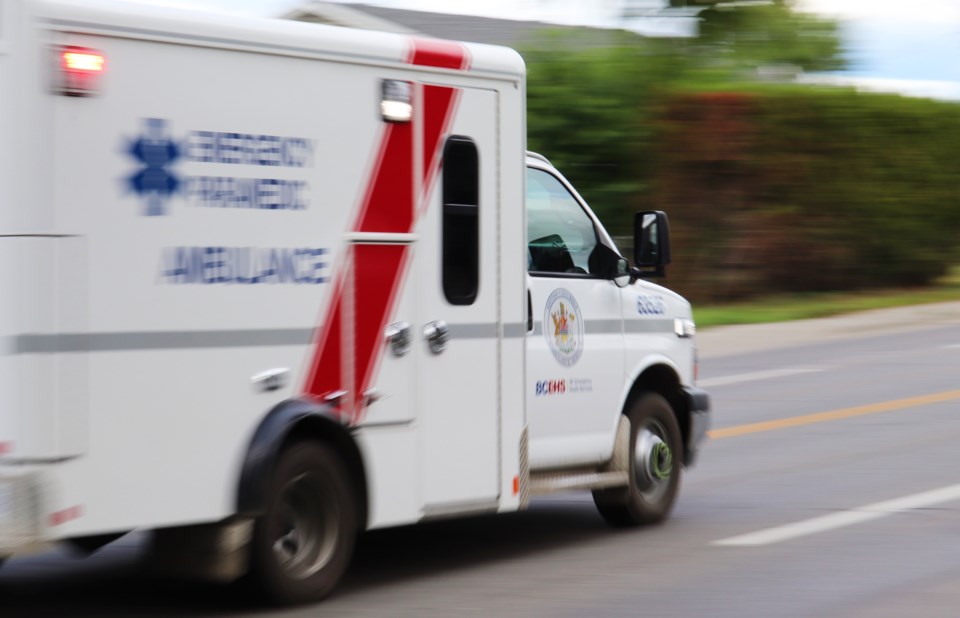Preliminary data released by the BC Coroners Service shows that nine people in Prince George died from illicit drug overdoses or toxic drug poisoning in the first month of the year.
In 2021, the city saw a total of 55 drug deaths.
Throughout the province, at least 207 British Columbians died from drugs in January 2022, according to the BC Coroners Service, the fourth consecutive month in which more than 200 lives were lost. The January total is the third highest recorded in a calendar month, an average of about 6.7 deaths per day.
"I extend my heartfelt condolences to the many families grieving the loss of a loved one in communities large and small,” Lisa Lapointe, chief coroner, said. “As we near the six-year anniversary of the declaration of B.C.'s public health emergency into substance-related harms, it is clearer than ever that traditional approaches to substance use are hurting people and costing lives. I am hopeful that the recent recommendations made by the Coroners Service Drug Toxicity Death Review Panel will support the meaningful change underway in our province and an end to this tragic crisis."
Illicit drug toxicity is also the leading cause of unnatural death in B.C., accounting for more deaths than homicides, suicides, motor vehicle incidents, drownings and fire-related deaths combined.
While illicit drug toxicity death rates remain high throughout the province, the B.C. Coroners Service says there have been notable increases in smaller and medium-sized communities.
The 11 recorded deaths in Kamloops in January made it the third most affected city in B.C. behind only Vancouver and Surrey. And the 19 deaths recorded in Northern Health equates to a death rate of 74.5 per 100,000 residents, by far the highest rate of any health region.
Overall, the rate in B.C. is 47 deaths per 100,000 individuals.
Post-mortem toxicology results underscore the increased volatility and toxicity of the illicit drug supply.
Between November 2021 and January 2022, approximately 23 per cent of tests returned extreme levels of fentanyl (concentrations exceeding 50 micrograms per litre), compared to 13 per cent of results between April 2020 and October 2021.
Both Northern Health (29 per cent) and Vancouver Coastal Health (2 per cent) had results that exceeded the average for the province.
"We know that illicit substances in our province are toxic and that those dependent on them are vulnerable to serious harms and death," Lapointe said. "Ensuring access to safer supply, establishing a substance use system of care, and turning the focus away from punishing and stigmatizing are critical steps to resolving this public health emergency."
Other key findings from the data show that 85 per cent of illicit drug toxicity deaths occurred inside (55 per cent in private residences, 30 per cent in other residences, including social and supportive housing, single room occupancy, shelters, and hotels and other indoor locations) and 14 per cent occurred outside in vehicles, on sidewalks, streets or parks.
No deaths have been reported at supervised consumption sites or drug overdose prevention sites and there is no indication that prescribed safe supply is contributing to illicit drug deaths.





